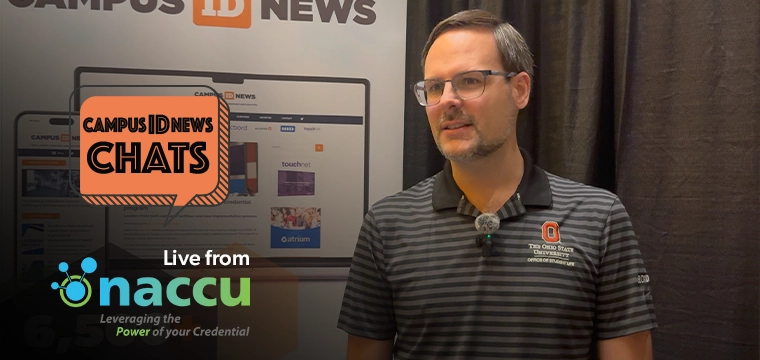
By Tyler Webb, Director of Sales, Campus EAC, ASSA ABLOY
Access and security are essential to a modern campus, but limited funds often hamper an institution’s ability to expand these systems. Students, parents, and staff expect and deserve a safe environment to study, live and work.
In addition to life safety issues, integrated access control systems can serve as a marketing differentiator for an institution, aid in enrolment, and provide a host of other benefits. So, figuring out creative ways to pay for the technology is often a requirement.
Periodically, national priorities have aligned with campus security needs, providing funds via dedicated grants. For those that qualify, apply, and are approved, these funds can help cover all or part of the costs for a security upgrade.
In recent years, COVID funds have helped many institutions improve security. The Coronavirus Aid, Relief, and Economic Security Act (CARES Act) was approved by Congress on March 2020. It authorized $2.2 trillion in economic aid to people and organizations negatively impacted by the pandemic.
According to the U.S. Department of Education, approximately $14 billion was dedicated to campuses via the Higher Education Emergency Relief Fund, or HEERF. Additional funds were allocated for the program in subsequent years, and in 2022, the use of HEERF (a)(2) grant funds for construction and renovation projects was authorized.
Late in 2021, the $2 trillion Infrastructure Law was passed. One part of the law is the Infrastructure Investment and Jobs Act, which includes key opportunities for higher education institutions. Though not all the opportunities are known at this time, it specifically includes $12 billion to update infrastructure at community colleges.
When you have a vision and a plan for where you are going, incremental steps toward that goal always make sense. If you know you want secure contactless credentials and/or mobile credentials, make the commitment to start now.
I cannot think of a time when I would not recommend this phased approach. It can be critical in immediate progress toward your goal.
When it comes time to replace a broken reader, renovate an existing building, or build new construction, you’ll want to begin the process of upgrading to more advanced contactless readers. If your current ID card uses mag stripe or 125 khz prox, you can issue dual technology cards to support cardholders who need to access both old and new readers.
I cannot think of a time when I would not recommend this phased approach. It can be critical in immediate progress toward your goal.
Explore opportunities with other campus constituencies that may see the benefit of an integrated access system that increases life safety and can boost enrollment. Perhaps the alumni or student association has funds to allocate toward projects.
In many cases, institutions are opting not to secure funds to pay for the construction of new facilities, specifically residence halls, on their own. Instead, some look to private companies to manage the construction and costs, charging the institution rent or fees to repay the construction, maintenance, and management costs. P3s often enable a campus to fast-track construction projects because they do not have to wait for state infrastructure dollars or internal funds to be allocated.
P3s often enable a campus to fast-track construction projects because they don't have to wait for state infrastructure dollars or internal funds to be allocated.
In any P3 project, specifying your integrated access system makes sense. Make the new project a part of your comprehensive program and have reader deployment baked into the project cost.
Many campuses use technology fees to fund projects that are important to the student experience. If your institution already issues a technology fee, explore whether a portion of this fee could be allocated for security infrastructure. If you don’t have a technology fee, start the conversation to see if this could be a good fit for your campus.
Check out the other installments in the “Tyler’s Tips” series:




